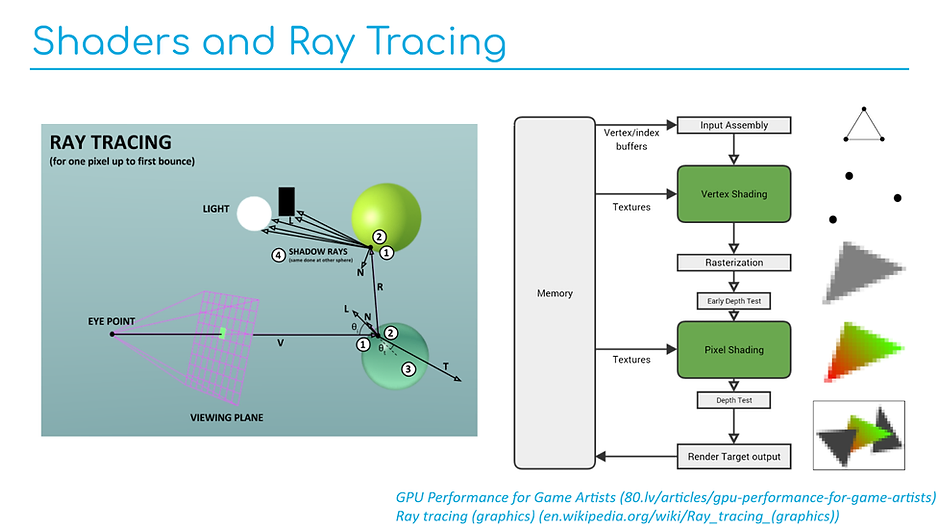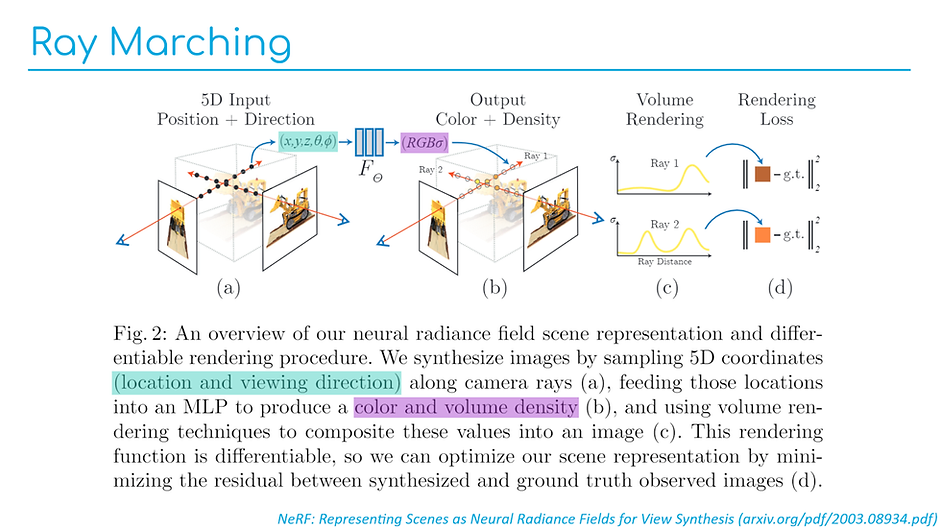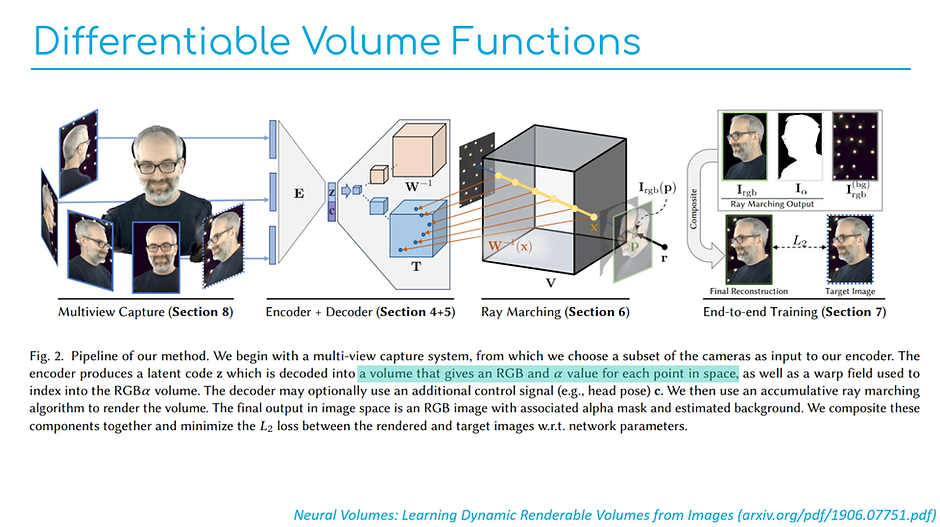BREAKING NEWS
LATEST POSTS
-
What is Neural Rendering?
https://www.zumolabs.ai/post/what-is-neural-rendering
“The key concept behind neural rendering approaches is that they are differentiable. A differentiable function is one whose derivative exists at each point in the domain. This is important because machine learning is basically the chain rule with extra steps: a differentiable rendering function can be learned with data, one gradient descent step at a time. Learning a rendering function statistically through data is fundamentally different from the classic rendering methods we described above, which calculate and extrapolate from the known laws of physics.”



-
How to learn to become a VFX artist
- Structure your learning time
- Consistency
- Retention
- Mental health
- Don’t feel intimidated
- Don’t feel rushed
- Be kind
- Luck is when preparation meets opportunity
-
Foundry Nuke Cattery – A library of open source machine learning models
The Cattery is a library of free third-party machine learning models converted to .cat files to run natively in Nuke, designed to bridge the gap between academia and production, providing all communities access to different ML models that all run in Nuke. Users will have access to state-of-the-art models addressing segmentation, depth estimation, optical flow, upscaling, denoising, and style transfer, with plans to expand the models hosted in the future.
https://www.foundry.com/insights/machine-learning/the-artists-guide-to-cattery
https://community.foundry.com/cattery
FEATURED POSTS
-
Open Source Nvidia Omniverse
blogs.nvidia.com/blog/2019/03/18/omniverse-collaboration-platform/
developer.nvidia.com/nvidia-omniverse
An open, Interactive 3D Design Collaboration Platform for Multi-Tool Workflows to simplify studio workflows for real-time graphics.
It supports Pixar’s Universal Scene Description technology for exchanging information about modeling, shading, animation, lighting, visual effects and rendering across multiple applications.
It also supports NVIDIA’s Material Definition Language, which allows artists to exchange information about surface materials across multiple tools.
With Omniverse, artists can see live updates made by other artists working in different applications. They can also see changes reflected in multiple tools at the same time.
For example an artist using Maya with a portal to Omniverse can collaborate with another artist using UE4 and both will see live updates of each others’ changes in their application.





